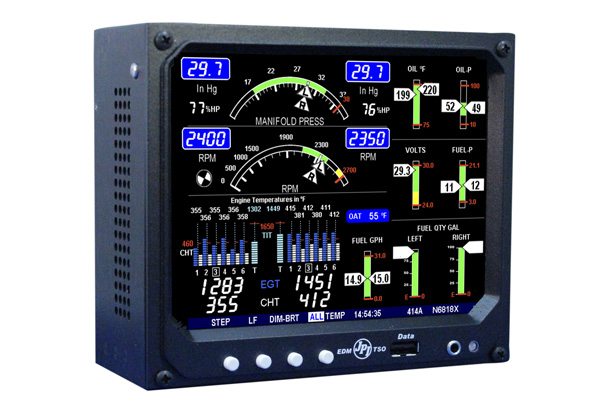 Sensors are not anything new to us. They are in use since the past few decades. The new sensors; however, are a wireless variety and staples for modern aircrafts. They facilitate the constant monitoring of aircraft internals and are low in both cost and weight. Sensors are not anything new to us. They are in use since the past few decades. The new sensors; however, are a wireless variety and staples for modern aircrafts. They facilitate the constant monitoring of aircraft internals and are low in both cost and weight.
Airplanes are all about tallying between mind-bending figures and they determine how safe an aircraft is flying. They must be kept under constant check to ensure it is within the safe parameters, with every rule and condition kept under constant reviews and improvements. The latest technologies and scientific knowledge makes it an existing form of transport that’s safer than before.
Monitoring overall aircraft condition costs lesser and less time-consuming. It’s just a fifth of the overall aircraft-related operating costs approximately. The use of wired sensors in engine(s), gearboxes, airframes and the fuel-flow structures monitored bumped up the bill, but wireless sensors discard the unnecessary burden. The wires vanished and the WSN (wireless sensor network) took control. These smart sensors use radio-interface for intra-communication and are free from the chief constraints that wired sensors pose, like cumbersome deployment and costly installations, lots of time...in short, they remove major impediments vanish, including those that make installation a tough job on the moving parts of the engine.
Wireless sensors bring down costs. You don’t need any more the special structures to let the wire pass through. Installing airplane sensors don’t need any more wiring costs to deal with, nor any data wiring layout, thus saving a great deal of time, effort and energy. They are lower in weight (cables are heavy) and are greatly flexible about where you put them. Some of them also sense heat and stress and this can bring improvements in aircraft designing and maintenance.
Withstanding higher accelerations or extremely low/high temperatures need a communication system that’s resilient to radio interferences and jamming and also low on energy consumption. They need to be highly compact and slim in design and must accurately sync to sensor measurements between different nodes. Concurrent engineering approaches gave us that and aeronautical electronics designed a communication protocol that constantly adapts to an aircraft’s multiple operational phases.
Highly integrated electronics make the current wireless aircraft sensor systems much smaller than before. Careful component selection and embedded implementation also play a part in it.
There are several types of Slimline Pressure Gauge used in modern aircraft cockpits. Right from temperature sensors (measure the temperature of various engine components, including cylinder heads, exhausts, engine oil, fuel and hydraulic fluid) to liquid level sensors mounted in thermo-wells (for reservoirs, tanks, sumps and gearboxes) and working on single point or multiple point interface elements connected to onboard display units and flow sensors displaying the flow rate of aviation fuel or engine oil. It is mounted within a thermo-well like liquid-level sensors and also connects to Digital EGT Gauges.
The three other are the Digital EGT Gauge (indicates either absolute or differential pressures), proximity sensors (detects if the landing gear is extended or retracted) and the RPM sensors (plugs into the magneto to provide feedbacks to the RPM display) and together, they provide critical information to the pilots that can save their day. The pilots can concentrate on flying when every reading is Green. Moreover, they let you know when it is not. The sensors have a direct bearing on the safety of an aircraft!
|